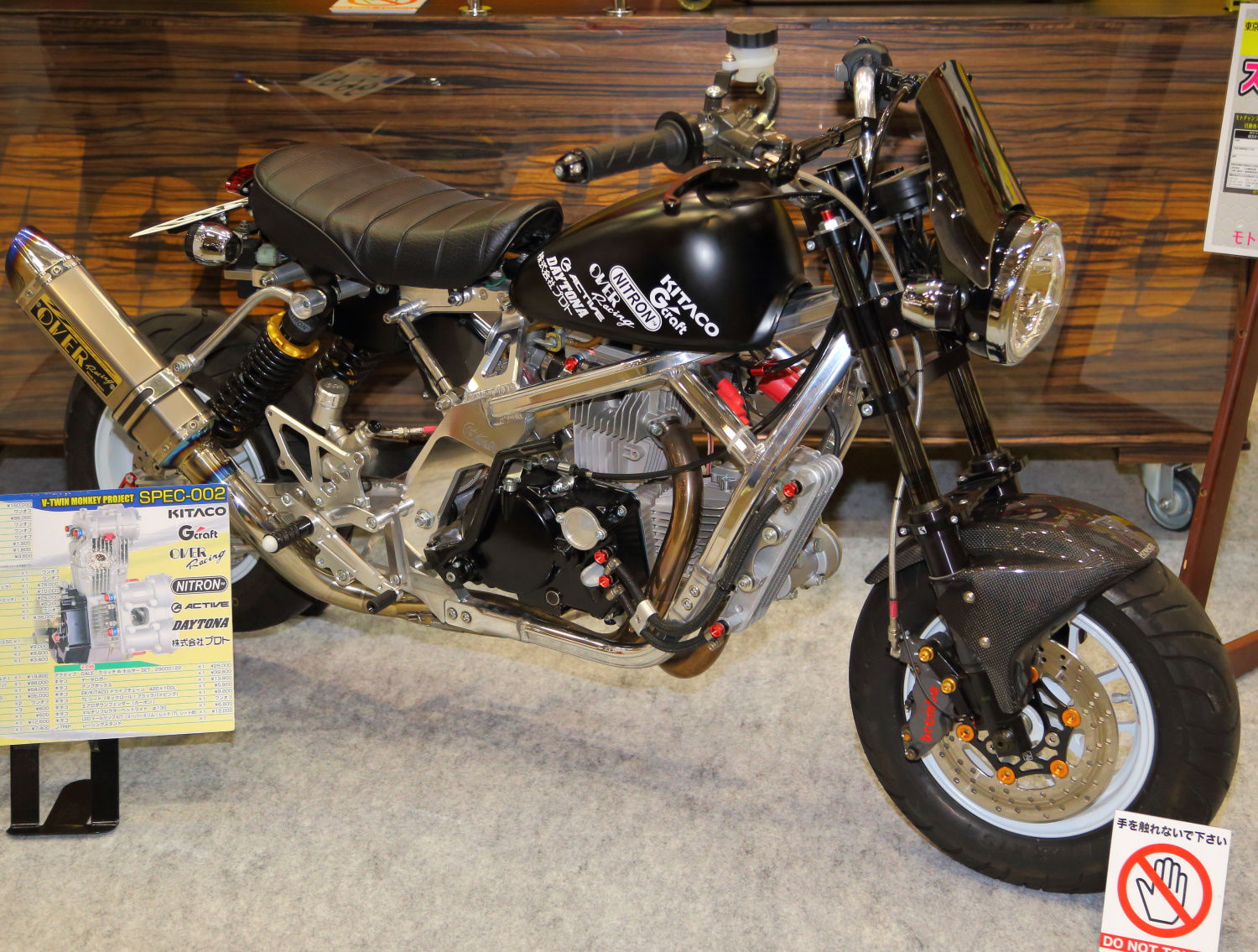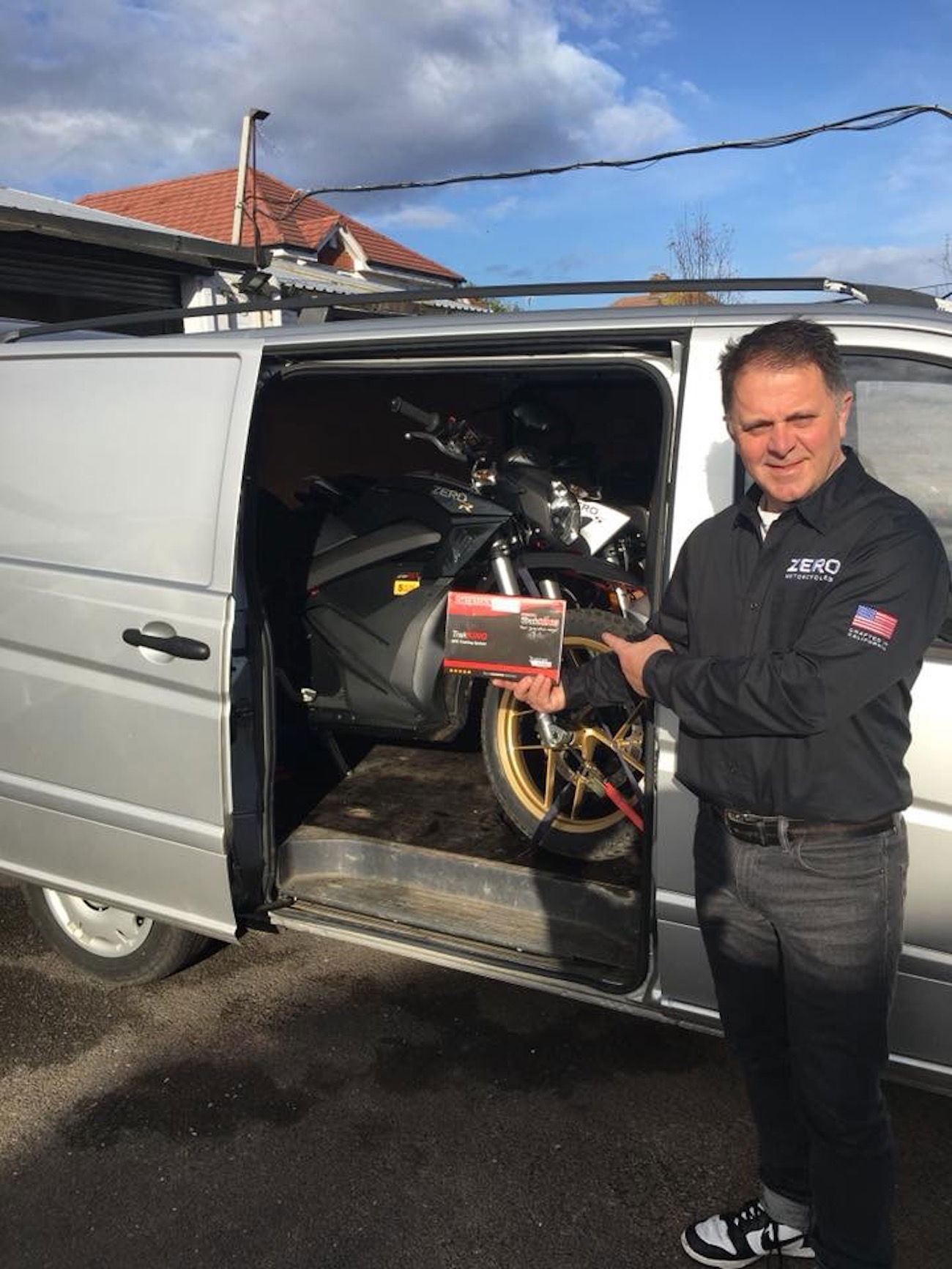Top Ten Frankenstein bikes
Engine-swap freaks can be much more than the sum of their parts…
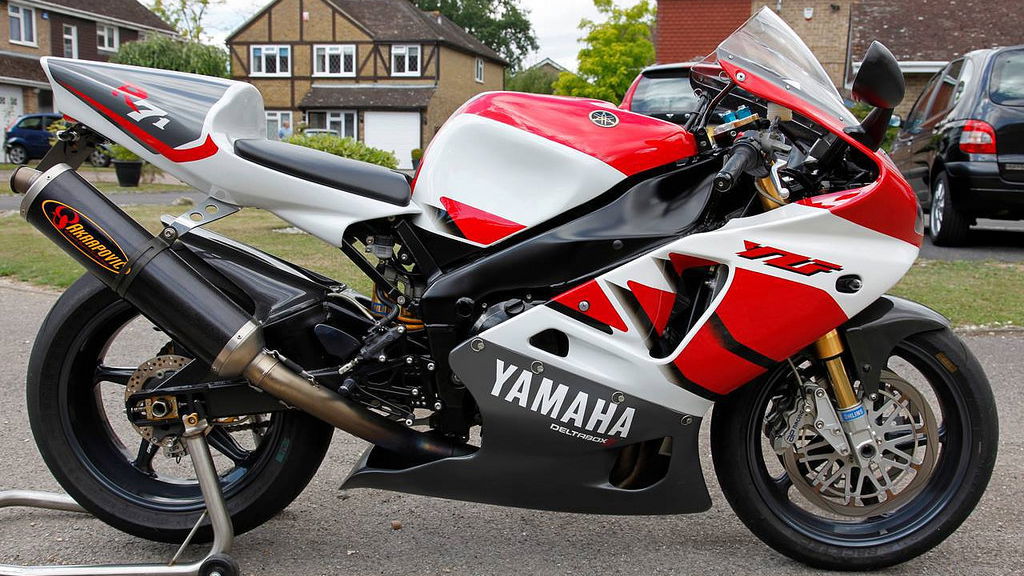
The tradition of homebrewed improvements to bikes has existed for as long as the motorcycle itself and engine swaps are the pinnacle of such backstreet surgery.
It’s not that crazy an idea. All too often have sweet-handling bikes been let down by underpowered engines. And just as regularly, particularly a few years ago, you’d find a monster of a motor in a chassis that simply couldn’t do it justice.
That people would start creating their own pick’n’mix creations by combining the best of both worlds was inevitable.
The well of motorcycle modification runs so deep that virtually every imaginable combination of engine and frame will have been tried by a madman at some stage, but some of those engine swaps have become legends in their own right.
They’ve been done again and again, refining the process to the point where the results can occasionally even live up to the dreams of the garden shed engineers that bolted them together.
Here’s our top 10 legendary engine swaps. As even, if we’ve missed something that you think should have been included, tell us in the comments below.
10: Yamaha R7/1
To cut up a Yamaha R7 is such sacrilege that there’s something deliciously naughty about doing it. It’s unimaginable that anyone would do it today, but when the R7 was new back in 2000, several were reengineered to use the more powerful, 1000cc R1 engine. Graves Yamaha in America led the way with a converted R1-powered R7, raced in Formula Extreme. Later, Britain’s QB Carbon created its own R71 SPS, although it used the R1 chassis as well as the engine, just attaching R7 bodywork and an R7 subframe. Meanwhile, Harris made a bespoke frame to create R71s, using the R7 geometry with R1 engine mount positions, so the machines could be created without sacrificing a real R7.
Top ten Frankenstein bikes - page two
9: Norvin
Norton’s old ‘Featherbed’ frame was one of the best-handling chassis you could lay your hands on back in the 1960s, but the bikes had a problem in the form of their outdated, unreliable engines. That was the cue for a horde of homebrew mechanics to start experimenting with engine swaps. Most alternatives to the Norton engine were tried at some stage, but the swap to Vincent’s potent – if ancient – V-twin was perhaps the ultimate option.
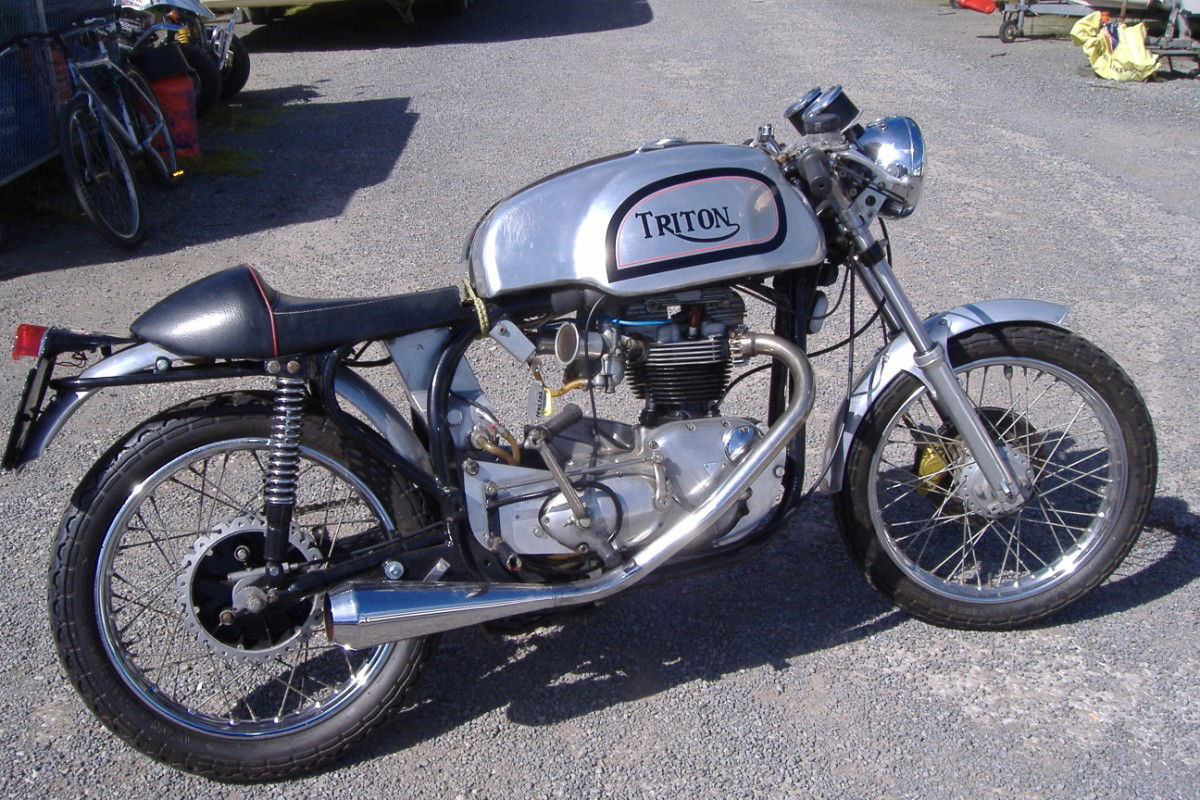
8: Triton
While getting hold of a Vincent V-twin to create a Norvin was never going to be easy, the 650cc parallel twin used in the Triumph Bonneville was one of the era’s most popular motors and an easy fit into the Norton Featherbed frame. The resulting Triton remains one of the most popular engine swaps in motorcycle history, and even today a Triton is perhaps the ultimate expression of the cafe racer era.
Top ten Frankenstein bikes - page three
7: YamaGamma
Another of the engine swaps that’s common enough to get a name of its own, the YamaGamma is the result of sliding Yamaha’s RD350 YPVS engine into the far more modern chassis of a Suzuki RG250 Gamma. The RD engine is endlessly tuneable and slips easily into the RG frame, and the conversion has been done so often that there’s a huge amount of information out there for anyone trying to create their own.0
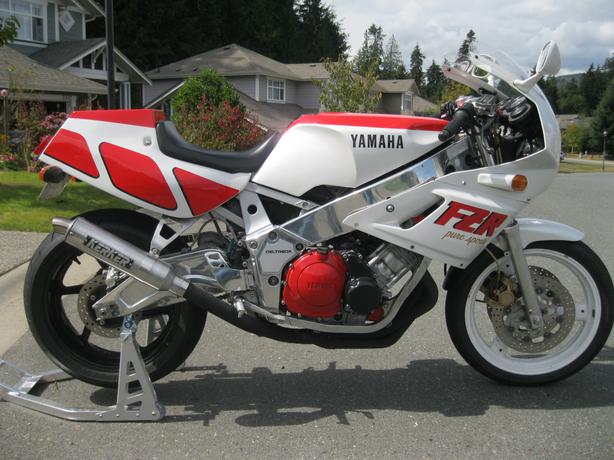
6: Yamaha FZR400/600
When it comes to straightforward engine swaps for more power, the combination of a Yamaha FZR600 engine and an FZR400 chassis is about as straightforward as they come. The FZR600 engines are basically longer-stroke versions of the FZR400 units of the same era, giving far more power and torque, but the 400 had less weight and a better chassis spec. Take the best of both and the result is a 600 that would beat anything that the big factories made at the time.
Top ten Frankenstein bikes - page four
5: Cagiva Mito 350
Cagiva’s little Ducati-alike Mito has long been a favourite for engine swaps. Cheap and readily available, the Mito always had a good frame fitted with some decent components, but that little 125cc two-stroke engine would wear out fast and never provided enough performance to put the chassis to the test. While endless engines have been fitted to Mitos, the Yamaha RD350 YPVS motor is once again a favourite here, offering far more performance than the Mito was ever designed for.

4: Cagiva Mito 660
But if you’ve got a dead Mito to hand there’s a second option. Instead of going for a bigger two-stroke like the YPVS engine, many people convert Mitos to supermono machines with big single-cylinder four-strokes. Cagiva nearly made a factory version, going as far as showing a Husqvarna-powered 500cc Mito in 2007. Honda XLR600 engines are also popular, but we’re opting for the Yamaha XT660 motor as the supermono swap of choice here.
Top ten Frankenstein bikes - page five
3: Honda CR250/500
By the late 1990s the Honda CR250 was a seriously high-spec motocrosser, complete with aluminium chassis and cutting-edge suspension parts. Meanwhile the firm’s CR500 – a legend in its own lifetime, spoken of in hushed voices as a thing to be feared – laboured on with a steel chassis. The engine swap was the obvious route, and remains popular enough that you’ll still find conversion kits for sale. For true insanity, the next step is to make it into a road-legal supermoto…
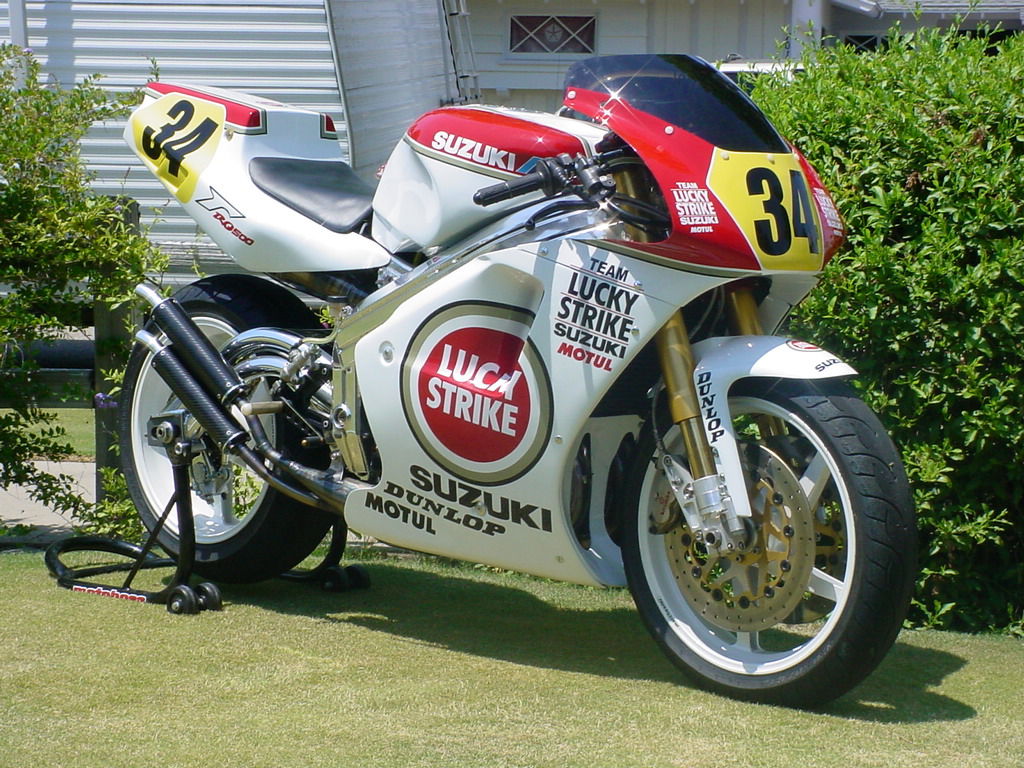
2: Suzuki RGV250/500
The formula here is a road-going, Suzuki-made equivalent of the CR250/500 swap, using the RGV250 and an RG500 engine as the basis. These days prices of both RGs and RGVs are heading skyward, making it harder to justify stripping either of their parts, but the result of doing so can be spectacular. The RG’s square four engine sits surprisingly neatly in the aluminium frame designed for the V-twin RGV250, revealing what the RG500 might have become if Suzuki had persevered with building big-capacity two-stroke sports bikes for a few more years.
Top ten Frankenstein bikes - page six
1: Suzuki GSX-R7/11
Back in the late 80s and early 90s Suzuki GSX-R7/11s were spoken of in hushed terms. Everyone seemed to have a mate of a mate who had one (usually never seen, and probably an unfinished project). You know the formula; big, powerful engine in smaller, lighter chassis. The old perimeter style frames used by GSX-R750s and 1100s meant that there was plenty of space to slot the larger engine into the smaller bike, and many of the period creations were modified even further with turbos, big-bore kits and streetfighter conversions. Give it a few years and 7/11 streetfighters will one day be revered like period cafe racers are today, with their aging owners donning retro Simpson Bandits and combat trousers to complete the look.
